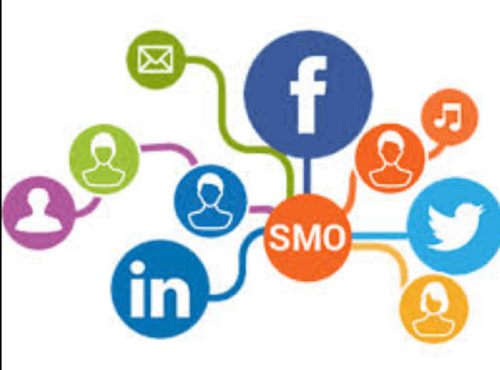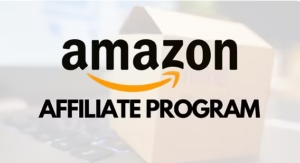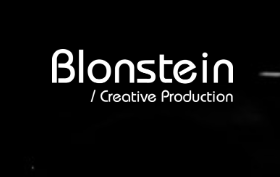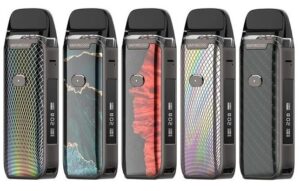How to Use Micro-Conversions to Skyrocket Your Ad Performance
Most marketers obsess over final sales while ignoring the goldmine of data hidden in smaller customer actions. These micro-conversions – the steps users take before purchasing – hold the key to unlocking higher ROAS and lower customer acquisition costs.
Why Micro-Conversions Are Your Secret Weapon
- 63% of users need multiple touchpoints before converting (Google)
- Brands using micro-conversion tracking see 28% lower CPA (Meta)
- Campaigns optimized for micro-actions convert 3x better over time
The Micro-Conversion Hierarchy That Works
1. Awareness-Stage Micro-Conversions
- 15+ second video views
- Content shares/saves
- Story interactions
Pro Tip: Optimize for “ThruPlays” on video ads to find engaged users
2. Consideration-Stage Signals
- Lead magnet downloads
- Product page visits
- “Add to cart” actions
Case Study: An eCommerce brand reduced CPA by 41% by optimizing for “view category” events first
3. Decision-Stage Indicators
- Checkout initiations
- Payment method additions
- Free trial signups
Key Insight: Users who complete micro-conversions are 7x more likely to purchase
Advanced Implementation Strategies
1. The Tiered Optimization Approach
- Week 1-2: Optimize for content engagement
- Week 3-4: Switch to lead generation
- Week 5+: Optimize for purchases
2. Custom Audience Sequencing
Build audiences based on:
- Top 25% video viewers → Retarget with demo
- PDF downloaders → Send case studies
- Cart abandoners → Offer incentives
3. Value-Based Micro-Conversion Tracking
Assign values to:
- $1 for content downloads
- $5 for product views
- $15 for initiated checkouts
Result: Facebook’s algorithm learns which actions drive real revenue
Essential Tracking Setup
- Pixel Perfect Implementation
- Use the Meta Conversions API for reliable data
- Implement server-side tracking for iOS14+ accuracy
- Custom Conversion Rules
Create rules for:
- High-intent page scrolls (50%+ depth)
- Time-on-site thresholds (60+ seconds)
- Multi-page visit sequences
- UTM Tagging System
Track:
- Which ad → micro-conversion
- Which audience segment
- Which funnel stage
Real-World Results
A SaaS company using this approach:
- Reduced lead cost from 48to48to22
- Increased trial-to-paid conversion by 37%
- Scaled ad spend 5x while maintaining ROAS
Take Your Skills Further
Master these advanced techniques in our Advanced Performance Marketing Course, where you’ll learn:
- Predictive analytics for micro-conversions
- Machine learning bid strategies
- Cross-channel conversion mapping
Key Takeaway: Micro-conversions aren’t just metrics – they’re your roadmap to understanding customer intent. By optimizing for these smaller actions first, you build a conversion highway that leads to predictable, scalable growth.
FAQ: Using Micro-Conversions to Improve Ad Performance
1. What are micro-conversions?
Micro-conversions are small but meaningful actions users take before making a purchase, such as:
- Watching a video (50%+)
- Downloading a lead magnet
- Adding to cart
- Spending time on key pages
They help you measure engagement and intent before the final sale.
2. Why should I track micro-conversions instead of just purchases?
- Lower Cost per Result: Optimizing for smaller actions (e.g., video views) is cheaper than sales.
- Better Audience Insights: You can retarget users who showed interest but didn’t buy yet.
- Improved Algorithm Learning: Facebook’s AI gets more data points to optimize toward high-value customers.
3. Which micro-conversions matter most?
The most valuable micro-conversions depend on your funnel:
✅ Top of Funnel (TOFU): Video views, content engagement
✅ Middle of Funnel (MOFU): Lead form fills, product page views
✅ Bottom of Funnel (BOFU): Add-to-carts, checkout initiations
4. How do I set up micro-conversion tracking?
- Install Meta Pixel/Conversions API (for accurate data).
- Set up standard & custom events (e.g., “ViewContent,” “AddToCart”).
- Create Custom Conversions in Events Manager (e.g., “Visited pricing page”).
- Optimize campaigns for micro-conversions first, then sales.
5. Can micro-conversions really lower my ad costs?
Yes! Example:
- A cold audience might cost $50 per purchase
- But only $2 per lead magnet download
By nurturing micro-converters, you lower overall CPA.
6. How do I retarget micro-converters effectively?
Use sequential retargeting:
- Ad 1 (TOFU): Educational video → Optimize for 30-sec views
- Ad 2 (MOFU): Case study → Retarget video viewers
- Ad 3 (BOFU): Limited-time offer → Retarget engaged leads
7. Should I optimize for micro-conversions or purchases?
- Cold Audiences → Micro-conversions (cheaper, more data)
- Warm Audiences → Purchases (higher intent)
- Lookalike Audiences → Based on micro-conversions (scaling)
8. What’s the biggest mistake with micro-conversions?
❌ Not assigning values (e.g., a lead = 5,checkout=5,checkout=20).
✅ Fix: Use value-based optimization so Facebook prioritizes high-intent users.
9. How long should I test micro-conversion campaigns?
At least 7-14 days before making changes. Facebook’s algorithm needs time to optimize.
10. Where can I learn advanced micro-conversion strategies?
Master data-driven ad optimization in our Advanced Performance Marketing Course, covering:
🔥 Micro-conversion tracking & bidding
🔥 Predictive analytics for scaling
🔥 Cross-funnel retargeting systems













